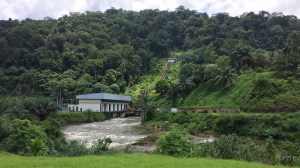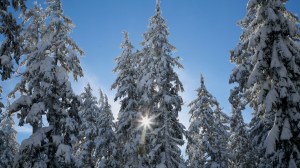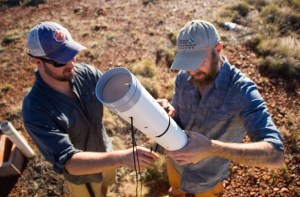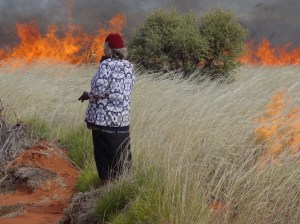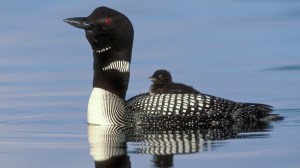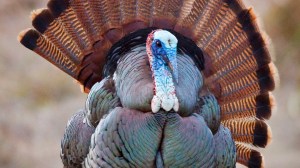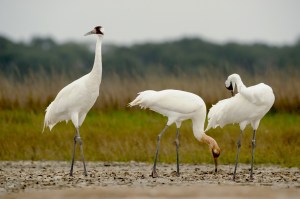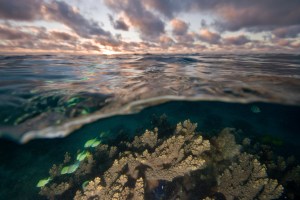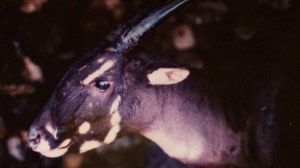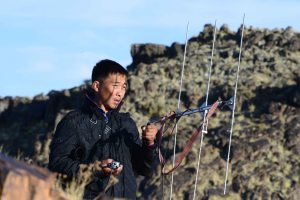Discover stories in Uncategorized
The Power of a Healthy Watershed for Energy Security in Gabon
Can Gabon develop its energy resources in a way that provides for people and nature?
Holiday Tips: Don’t Spread Forest Pests with Your Christmas Tree
Your Christmas tree or wreath could harbor forest pests. Here’s how to enjoy holiday traditions without spreading invasive species.
Measuring the Impact of Feral Camels in Australia’s Martu Desert
Conservancy scientist Eddie Game is using remote data loggers to understand the impacts of camels on waterholes in Australia’s remote Martu country.
Burning for Biodiversity: How Hunting Promotes Healthy Ecosystems in the Australian Desert
Anthropological research shows that Aboriginal hunting actually increases biodiversity in Australia's western deserts.
Recovery: Saving Loons from Lead Fishing Tackle
Loons face many hazards. Here’s one we can easily address: lead fishing tackle.
Turkeys Are What They Eat: Weird and Adaptable
As many of us sit down to eat turkey, our bird blogger takes a look at what turkeys eat.
Searching for Whoopers: New Report Showcases Gulf of Mexico Migrants
New analysis from Conservancy scientists reveals the scope of wildlife migration across the Gulf of Mexico.
Big, Bold & Blue: Lessons from Australia’s Marine Protected Areas
A new book by Conservancy scientists details the lessons learned by Australian scientists, policymakers, and communities during more than 130 years of marine conservation.
9 Animal Cams You Need in Your Life
From an African watering hole to bison, otters, penguins, naked mole-rats, pandas and more, these are 9 animal cams you need in your life.
The Largest Mammal That No Scientist Has Ever Seen in the Wild
The saola is so elusive that no biologist has ever seen one in the wild. How do conservationists save a unicorn?
10 Weird Ways You Could Be Spreading Invasive Species
From artificial Christmas trees to running shoes, we look at some of the ways you could be spreading invasive species.
On the Trail of Ghosts: Searching for Snow Leopards in Mongolia
Follow Conservancy scientist Joe Kiesecker on the trail for snow leopards in Mongolia's mountains.
